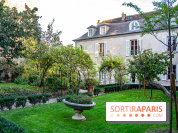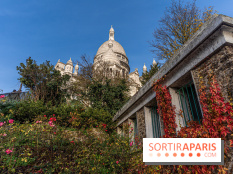Head for the Collège des Bernardins to discover the "Un patrimoine méconnu" exhibition in its crypt. From October 18 to December 16, 2023, the doors open free of charge to reveal a collection ofpreviously unseen works from the Diocese of Paris. The exhibition features a selection of 14 paintings, testifying to an artistic heritage as rich as it is discreet, spanning the 15th to the 20th centuries. Most of these paintings have never been seen by the public, and have been exceptionally brought together for the occasion.
Orchestrated by Nathalie Volle and Caroline Morizot, this exhibition plunges us into the depths of art-historical research and the commitment of the Commission Diocésaine d'Art Sacré. The Commission has worked hard to identify, restore and bring to light these exceptional pieces. With works from Maurice Denis toJean-Gabriel Domergue, we find ourselves at the heart of an artistic conversation between past and present.
The exhibition is marked by a collaboration with the Gagosian gallery, which is also introducing a work by Sterling Ruby, creating an enriching dialogue between heritage and contemporary art. Works once hidden from view, such as Mignard's Sainte Catherine, are back in the spotlight, promising to reveal long-guarded secrets.
In the former sacristy, you'll be guided by the diversity of the diocesan collections. We contemplate, for example, the work of the "master of blinking eyes", or Paolo de Matteis' triumph of the Immaculate Conception, once ignored on the walls of a Parisian church. These treasures are the fruit of generous donations from collectors and artists, and symbolize the Commission's continued investment after the 1905 law separating church and state.
This is a unique opportunity to admire paintings that, if not unknown, were little-known and not easily accessible to the public. The exhibition highlights not only the importance of preserving this heritage, but also its potential to inspire and move present and future generations.
The exhibition, open every day except Sunday, is a unique opportunity to immerse yourself in half a millennium of art history. It's a not-to-be-missed experience for anyone seeking to enrich their knowledge of sacred art and its evolution through the centuries.
The exhibition opens with a mysterious Visitation, attributed to an anonymous Spanish artist of the early 17th century, whose identity has been obscured by the passage of time, but whose mastery reflects the influence of the Escurial. This piece is emblematic of post-Renaissance art in Spain, a time when religious art served to reinforce the ideals of the Counter-Reformation.
We then move on to the post-Revolutionary era in France with François Gérard's"Sainte Thérèse" (1827), commissioned by Céleste de Chateaubriand. It is a portrait that embodies both devotion and politics, reflecting the revival of Catholicism during the French Restoration. In asking Gérard for the effigy of Saint Theresa, Céleste de Chateaubriand wanted to pay tribute to the establishment's patron, Marie-Thérèse, daughter of Louis XVI and Marie-Antoinette. The saint is depicted kneeling, dressed in her Carmelite habit: she emerges from the shadows, with only her face illuminated by the divine light. The canvas is ogival in shape and set in a neo-Gothic floral frame. Originally, it was placed behind the high altar, and lit by a zenithal light.
Nicolas Mignard, the lesser-known brother of Pierre Mignard, presents"Sainte Catherine d'Alexandrie" (1654), a canvas that harmoniously blends classical and baroque influences. Its rediscovery and restoration enrich our understanding of the history of religious art in France.
An anonymous Valencian from the late 16th century offers us"Saint John Duns Scotus", a work that testifies to the interweaving of theology and philosophy in the art of the Counter-Reformation, while the Maestro dagli occhi ammiccanti, potentially by GALASSO, confronts us with the pathos of "Christ bearing his cross", demonstrating the evolution of religious themes under the impetus of the Italian Renaissance.
Pierre-Jacques Cazes, with "Le Christ guérissant l'Hémorroïsse" (1706), perfectly illustrates the impact of his mentor, Bon Boullogne, and underlines the importance of brotherhood patronage in the evolution of religious art through the "Mays" of Notre-Dame.
And to conclude, the exhibition takes a leap forward in time to the contemporary with Sterling Ruby and his ceramic work"Basin Theology/BRAVAMAX" (2014). Ruby fuses the organic with the industrial, demonstrating his innovative exploration of forms and materials.
Each piece in this exhibition is a window into the time and place of its creation, offering viewers a glimpse into the different ways in which art has served to express and reinforce faith across the centuries.
The Collège des Bernardins: one of the oldest medieval buildings in Paris to visit free of charge
Let's discover the Collège des Bernardins - one of the oldest medieval buildings in Paris. Be sure to visit this 13th-century gem, located in the heart of the Latin Quarter and open to the public free of charge. Open all year round, this cultural space offers a variety of exhibitions and events, and even a café-restaurant. [Read more]
Dates and Opening Time
From October 18, 2023 to December 16, 2023
Location
Collège des Bernardins
20 rue de Poissy
75005 Paris 5
Prices
Free
Recommended age
For all
Official website
www.collegedesbernardins.fr

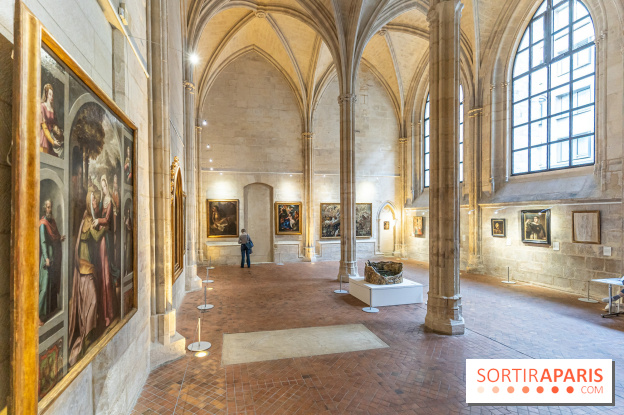


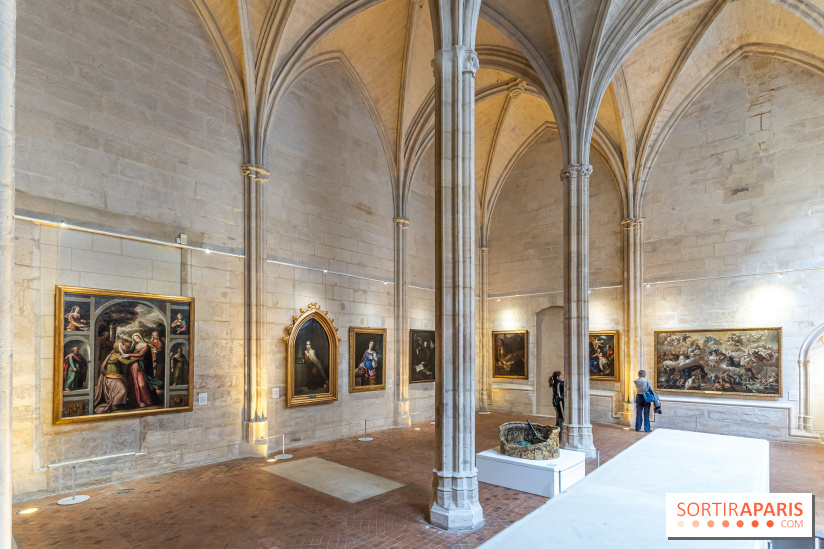



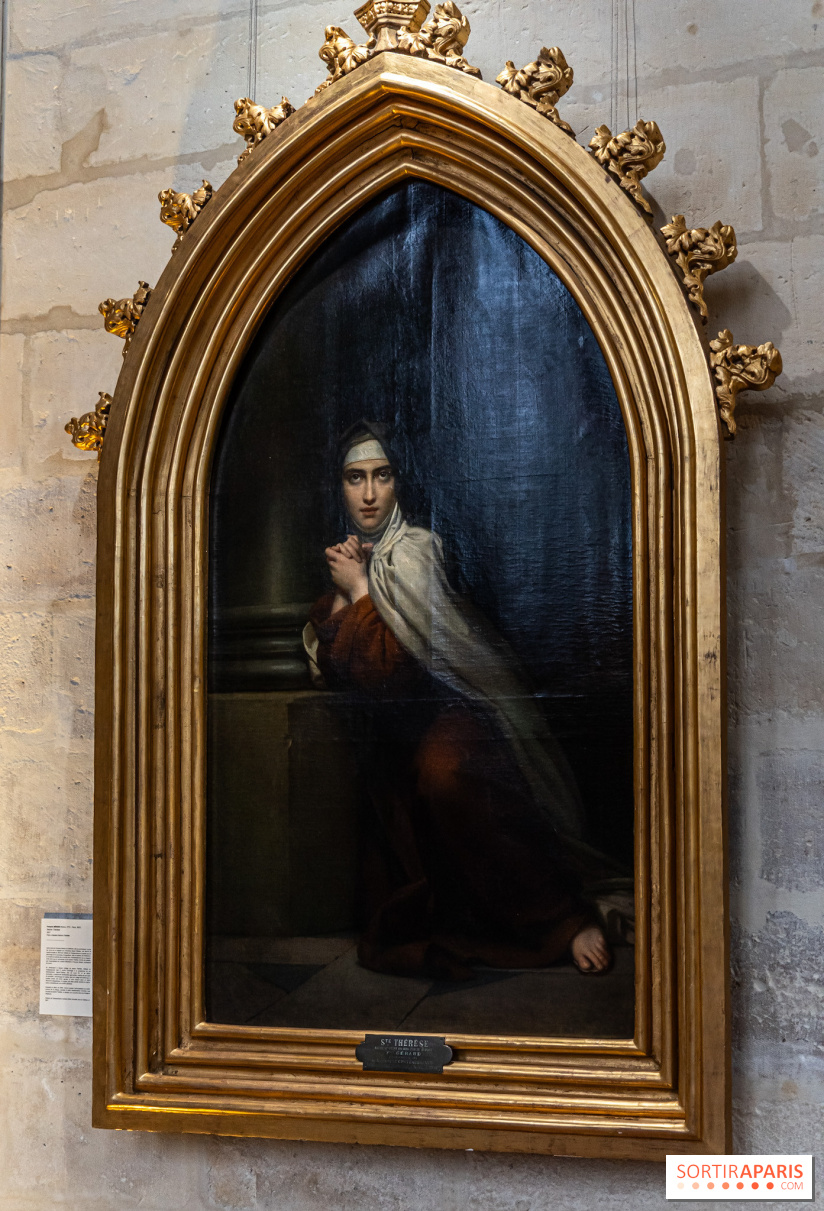



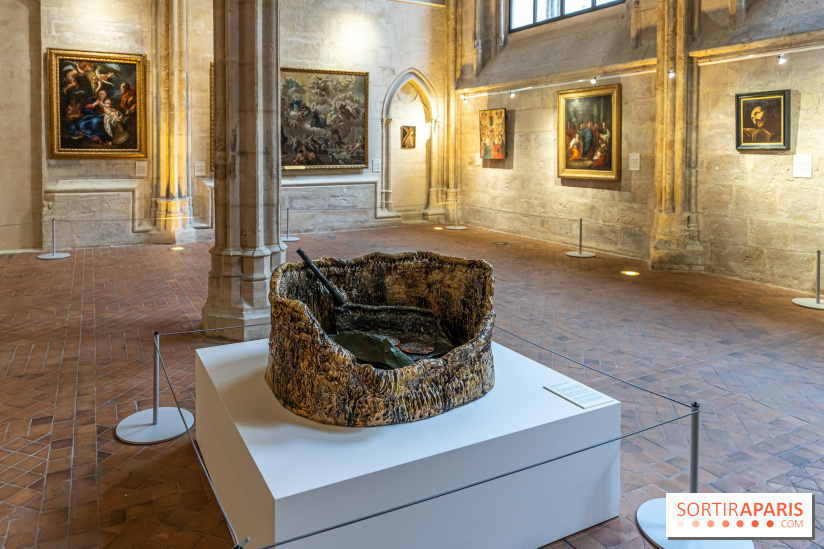



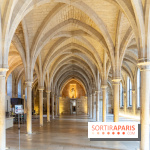


 The Collège des Bernardins: one of the oldest medieval buildings in Paris to visit free of charge
The Collège des Bernardins: one of the oldest medieval buildings in Paris to visit free of charge

